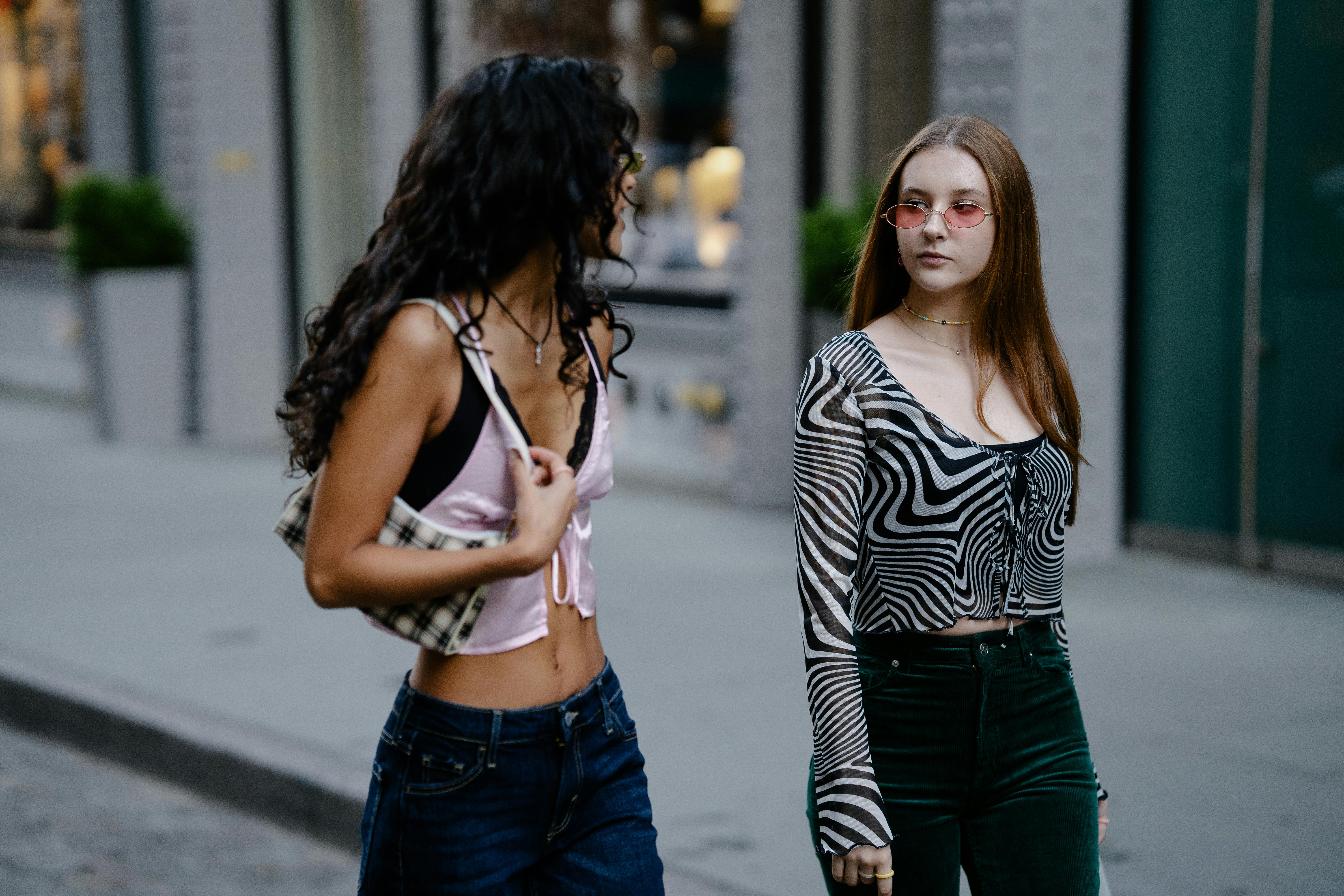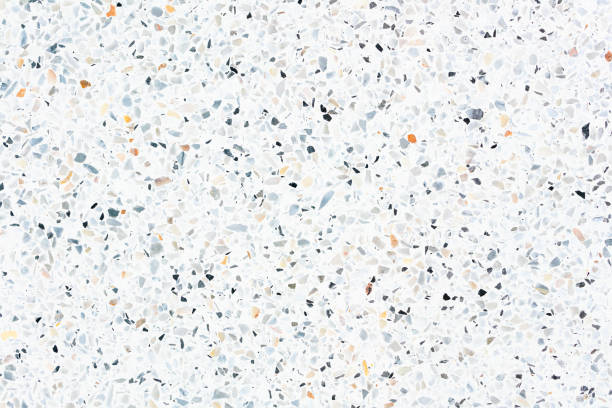Synchronicity in Cinema: Unraveling the Art of Dual Storytelling
Introduction: Delve into the fascinating world of dual storytelling in cinema, a technique that intertwines two narratives while maintaining their distinct identities. Explore how this unique storytelling method has evolved, its impact on cinema, and what it holds for the future.

The Genesis of Dual Storytelling
Dual storytelling, also known as parallel narratives or multiple narratives, is a narrative technique where two or more stories run simultaneously, each with its unique storyline and characters. This technique can be traced back to literature, with classic novels like ‘Bleak House’ by Charles Dickens and ‘Dr. Jekyll and Mr. Hyde’ by Robert Louis Stevenson employing this method. In cinema, this technique started to gain traction in the late 20th century and has since become a powerful storytelling tool.
Dual Storytelling in Cinema: The Evolution
The technique of dual storytelling in cinema borrows heavily from its literary roots, but it introduces unique elements to cater to the visual medium. The 1994 film ‘Pulp Fiction’ by Quentin Tarantino is a prime example of this technique’s successful use. The film weaves together multiple storylines, keeping audiences engrossed and intrigued. Since then, dual storytelling has become a common technique in films, with movies like ‘Babel’, ‘Inception’, and ‘Cloud Atlas’ utilizing it to great effect.
The Impact and Reception
Dual storytelling has significantly impacted cinema, offering a fresh take on narrative structures. This technique allows filmmakers to explore themes from different perspectives, providing a richer, more layered viewing experience. However, the reception to this technique has been mixed. While some viewers appreciate the complexity and depth it offers, others find it confusing and hard to follow.
The Art and Challenge of Dual Storytelling
The art of dual storytelling lies in weaving together separate narratives in a cohesive manner. The stories must be distinct, yet interconnected, creating a delicate balance that is often challenging to achieve. Filmmakers must also ensure that both narratives are equally engaging to keep audiences invested in the plot.
Dual Storytelling: The Future
As cinema continues to evolve, dual storytelling is likely to become more prevalent. With advancements in technology and filmmaking techniques, directors have more tools at their disposal to experiment with complex narratives. This technique also opens up new avenues for exploring diverse perspectives and themes, making it a promising trend for the future of cinema.
In conclusion, dual storytelling offers a unique and complex narrative structure that enhances cinematic storytelling. It provides filmmakers with the opportunity to delve deeper into their themes and characters, offering viewers a richer and more immersive viewing experience. Despite its challenges, the potential and possibilities it offers make dual storytelling a fascinating aspect of modern cinema.





